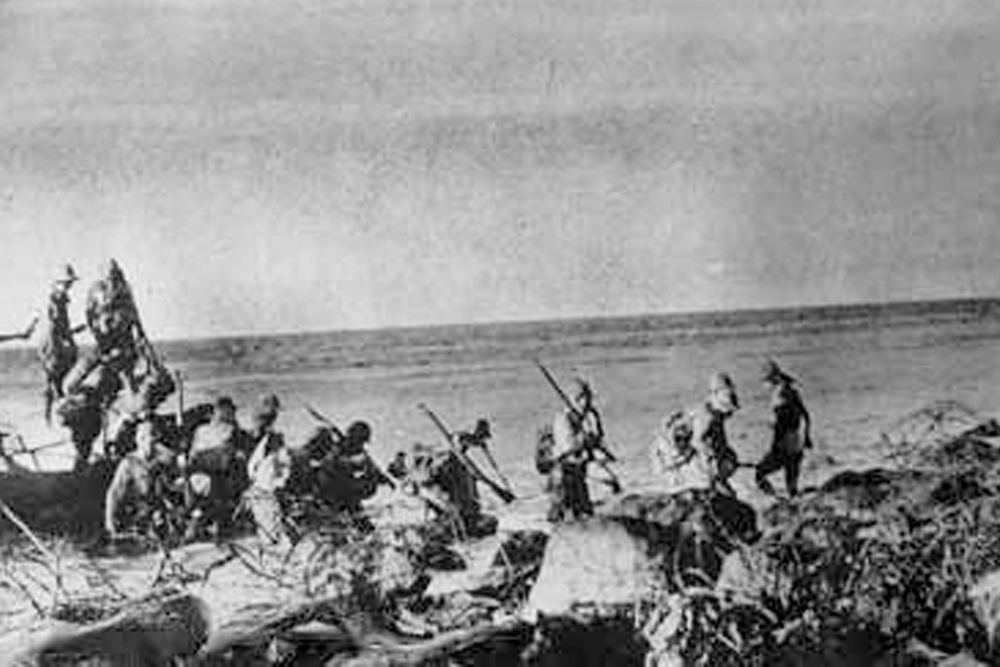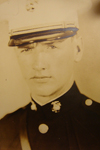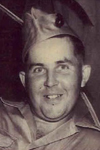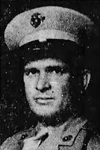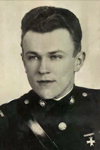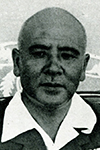Japanese Invasion Beach Corregidor - 2nd Battalion (reinforced)
A Japanese 790 marines-strong landing force (reinforced 1st Battalion, 61st Infantry) led by Colonel Sato landed here at 2300 on May 5, 1942. The first wave of attack was carried out with 19 landing craft, two of which had a total of five tanks on board.
The attack was preluded by two minutes-long artillery concentrations on the 1st Battalion sector. The Japanese bombing of Corregidor had a devastating effect on American coastal defenses. Of the 13 machine gun positions between Infantry Point and North Point, only two were still operational when the Japanese Marines landed.
The invasion was hindered by the strong current between Bataan and Corregidor and the oil on the water from sunken ships. Their initial landing was near the east end of the island, north of Kindley Field, the airstrip. This was somewhat east of their objective, which was between Infantry Point and Cavalry Point, due to a miscalculation of the current.
The US defenses in the landing area consisted of 1st Platoon (1st Lt. Harris) and 2nd Platoon (Master Gunnery Sergeant Mercurio) from Company A, 1st Battalion, 4th Marines. The sector of 1st Platoon ran from Infantry Point to Cavalry Point and 2nd Platoon from Cavalry Point to North Point.
The first wave of attack soon came to a bloody halt at the hands of the American and Filipino defenders. Especially the 37mm guns of Company A sowed death and destruction among the attackers. American observers on Cabcaben described the the massacre as "a spectacle that confounded the imagination, surpassing in grim horror anything we had ever seen before."
The Japanese forces armed with so-called "knee mortars" (50mm grenade launchers) eventually drove back the defenders from the beach.
The second wave of 785 Marines (2nd Battalion, 61st Infantry), which landed east of North Point, was decimated by the 4th Marines Regiment. Nevertheless, some Japanese marines managed to link up with the first attack force, before jointly moving inland.
The third wave of 880 marines (3rd battalion, 61st infantry), engineers and light artillery landed at 4:30 am. The large losses in material during the first two landings caused a delay of no less than three hours. Five tanks and most of the field guns were left behind on Bataan.
Do you have more information about this location? Inform us!
Source
- Text: Kaj Metz
- Photos: Wikimedia Commons
Nearby
Museum
Point of interest
- Japanese Invasion Beach Corregidor - 2nd Battalion (reinforced) - Corregidor
- Japanese Invasion Beach Corregidor - 1st Battalion (reinforced) - Corregidor
- Japanese Invasion Beach Corregidor - 1st Battalion (reinforced) - Corregidor
Monument
- Japanese Garden of Peace - Corregidor
- Filipino Heroes Memorial - Corregidor
- General Jonathan Wainwright Memorial - Corregidor
Fortification
- Corregidor - Hooker Point - Corregidor
- Corregidor - Battery Keyes - Corregidor
- Corregidor - Battery Denver - Corregidor
